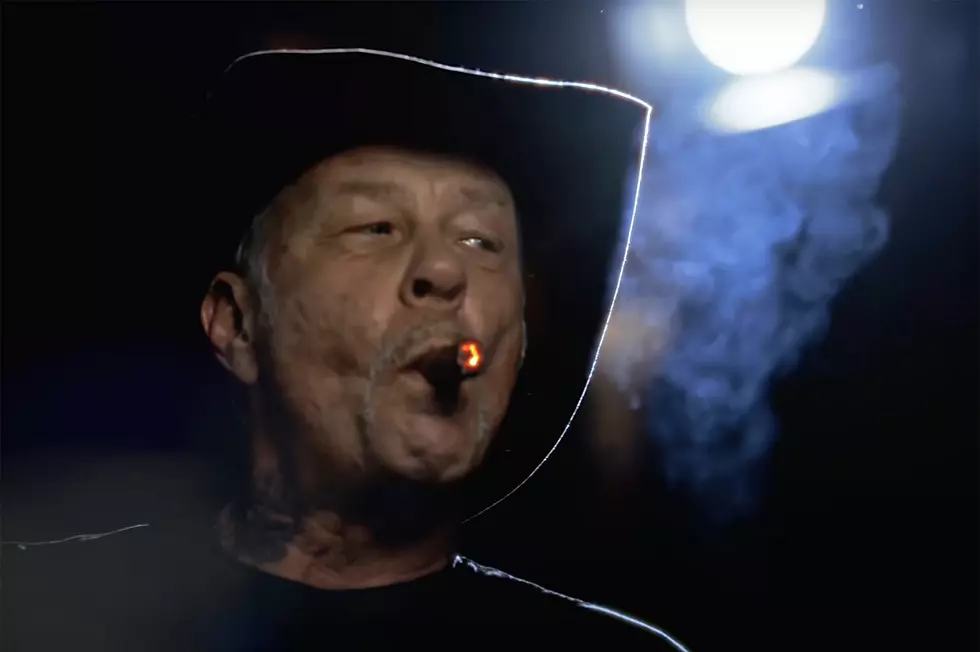
Metallica Lineup Changes: A Complete Guide
Metallica became the most successful heavy metal band in history, but not without the occasional personnel shift.
Their origins can be traced to Los Angeles in 1981, when drummer Lars Ulrich placed a classified ad seeking like-minded musicians sharing his passion for New Wave of British Heavy Metal bands, and was answered by guitarist/singer James Hetfield. Over the next couple of years, they picked up lead guitarist Dave Mustaine and bassist Cliff Burton. But as they prepared to record their debut album, they fired Mustaine, replacing him with Kirk Hammett.
Mustaine's departure had a butterfly effect on the course of heavy metal, but it was, by no means, the last of Metallica's lineup changes. The core of Hetfield, Ulrich and Hammett remained unchanged, but they went through several bassists. The first followed Burton's shocking death. Despite enormous commercial success, 15 uneasy years followed with his replacement, Jason Newsted. Then, their producer Bob Rock served as a stopgap for an album, before the lineup stabilized with the arrival of Robert Trujillo in 2003.
Each new musician has brought something different to the band, and the stories of their departures run beyond the standard "creative differences" that we always hear about. Read about all of them below in our complete guide to Metallica's lineup changes.
Metallica Lineup Changes: A Complete Guide
Why John Bush Turned Down Metallica
More From Ultimate Classic Rock









